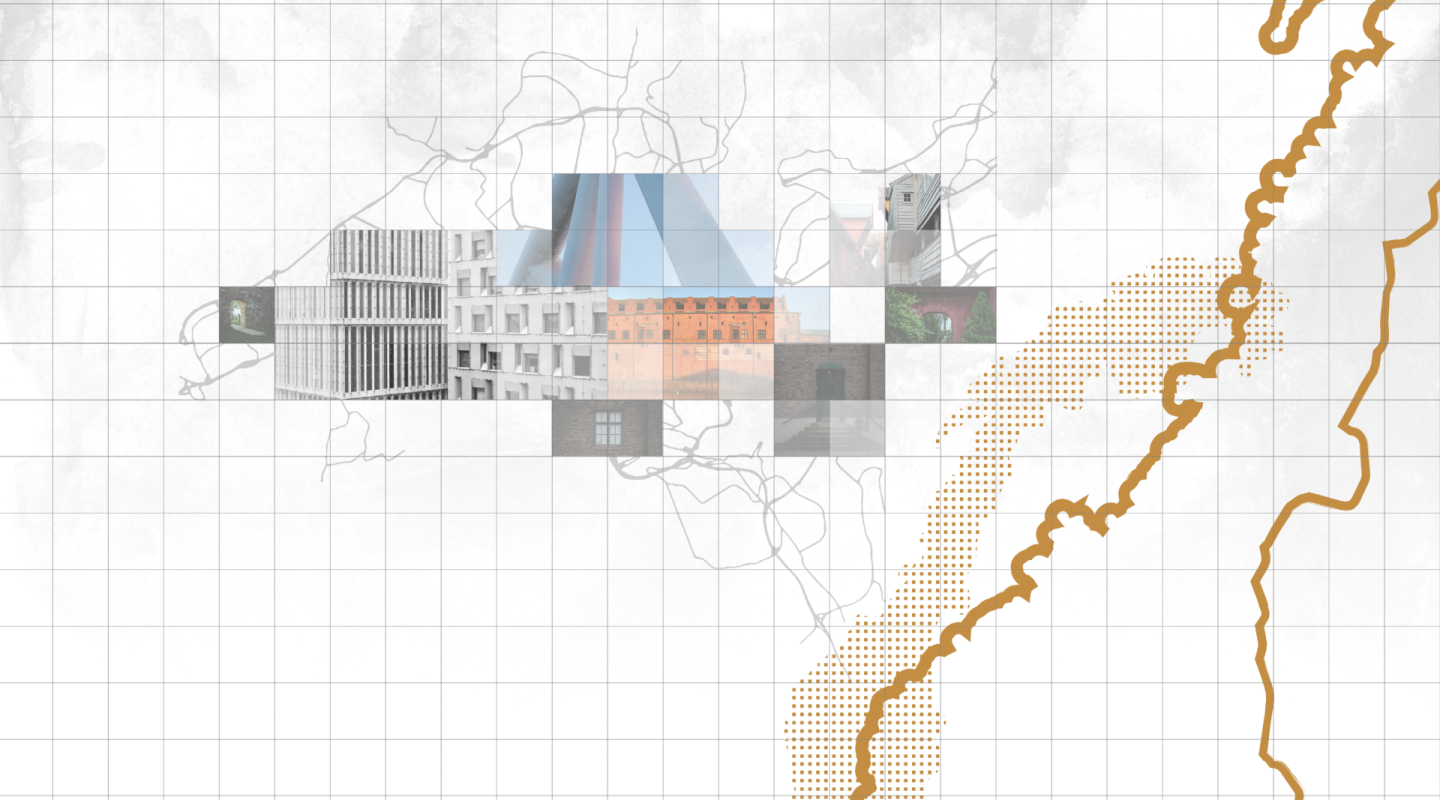
Norway
Capital city — Oslo
Latest updates
Budget of the prison service
-
The government allocated an additional 3.5 million euros to the prison service’s 2024 budget for extra staff so as to prevent the solitary confinement of prisoners.
-
The prison service must reduce spending by 15 to 17.5 million euros this year. Froland Prison in particular must reduce spending by 7 million euros in the next five years. This is troubling news for management and prisoners alike, who worry that reduced numbers of personnel will impact reintegration or lead to increased violence and suicides.
The prison staff is represented by (a) union(s)
There are two unions representing correctional staff:
-
The NFF (Norsk Fengsels- og Friomsorgsforbund): Norwegian Prison and Probation Officer’s’ Union, 3 500 members. The NFF is part of LO, the largest of the Norwegian trade union centres (930,000 members).
-
The KY (Kriminalomsorgens yrkesforbund): Professional Federation of the Norwegian Correctional Service, 1 700 members.
-
One out of every ten guards displays symptoms of post-traumatic stress disorder. Roughly half are showing signs of burnout, and one in ten struggles with depression or depressive symptoms.
Number of prison guards (FTE)
2,845
-
Hustad prison faces a staff shortage as personnel resign over the demanding working conditions and long hours.
Individual acts of protest are recorded
-
The prison service provides food that respects special dietary needs
The alternative meal options are based on religion, philosophy and any medical requirements. Prison inmates may ask the staff about the ingredients used in the dishes.
-
Two prisoners appealed to the regional office of the prison service to obtain kosher food at Kongsvinger prison. The Norwegian correctional service rejected their request. Basic food is supplied to them so they can prepare their own meals and respect kosher standards.
There is an effective separation between men and women
Women prisoners participate in cross-gendered recreational, training and work activities in facilities that also accommodate men.
-
Men and women are not properly separated at Ullersmo prison. The women are subjected to sexist remarks and behaviours from male prisoners. The women were not able to use the fitness centre or the prison yard without running into male prisoners.
Number of deaths attributed to suicide
2
-
A woman in poor mental health died by suicide on 11 May 2023 at Bredtveit prison.
-
A prisoner took his own life in January 2023 at Ringerike prison, just days after being admitted. The risk of suicide is particularly high immediately following incarceration.
-
A woman took her own life in the common areas of Bredtveit prison. A crisis response team was set up to assist the other prisoners.
Some prison facilities, units or cells implement high-security measures
Closed facilities have different levels of security. Prisoners in secure detention (forvaring) are placed in very high security cells in the special units. The units housing remand prisoners are equipped with reinforced security features. Detox units, however, have less security measures.
Special cells, known as “security cells”, are intended for prisoners whose behaviour is considered particularly aggressive. The prison governor determines when this type of temporary placement is necessary. Prisoners considered dangerous to themselves are subject to hourly surveillance rounds. The governor reports placement in this type of cell to the regional administration when it exceeds more than three days. The security cells are not necessarily located in a special area.
Some facilities have security cells with dry toilets. These are used in cases of serious suspicion of drug trafficking or drug use. The dry toilets make it possible to detect the possible presence of concealed and ingested narcotic products. Placement in this type of facility usually lasts three days and facilitates stool analysis after digestion.
The mortality rate after release from prison is higher among prisoners who had been held in high-security prisons, explain researchers from the University of Oslo in 2022. They note that in these facilities, prisoners are more likely to suffer from mental health disorders and spend more time in their cells and less time participating in activities. When they are released, they have a higher risk of suicide, cancer and cardiovascular disease.
-
Two dogs, trained to detect narcotics, have been approved for work in the facilities in the Eastern and Northern regions.